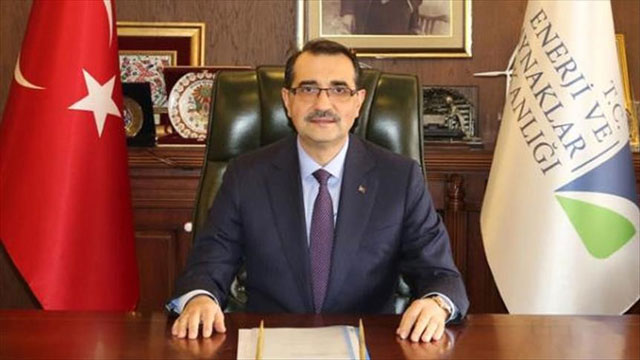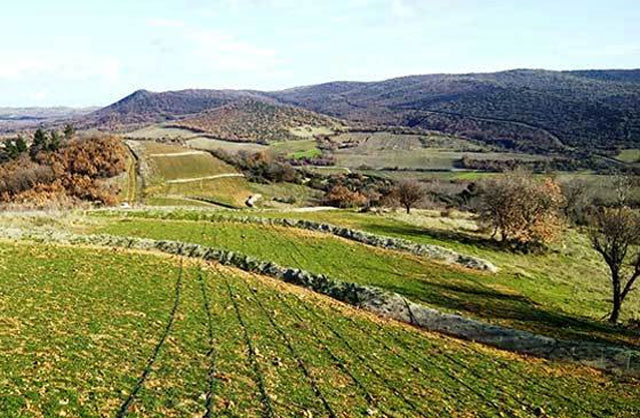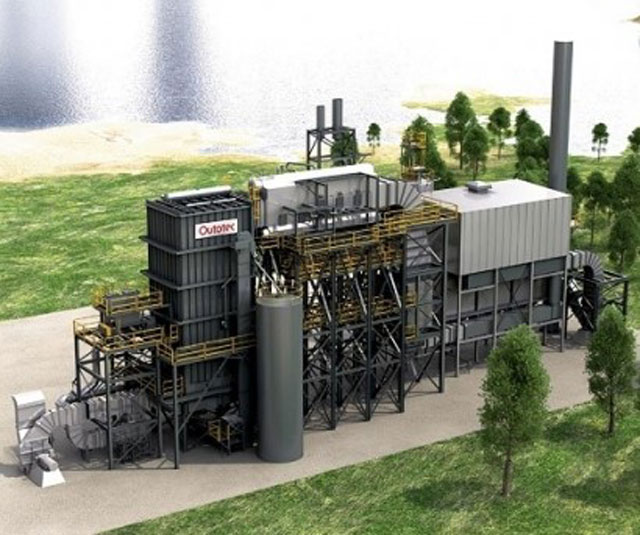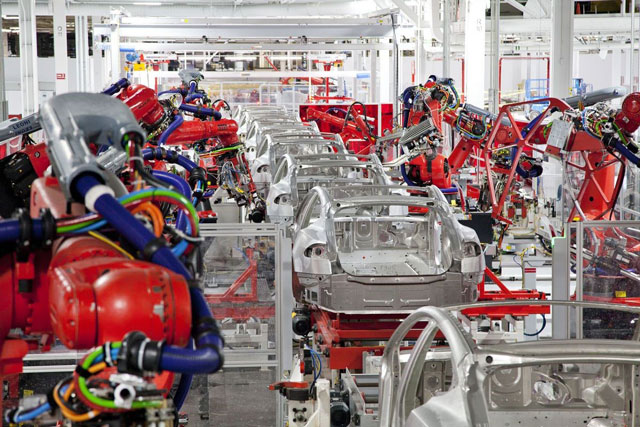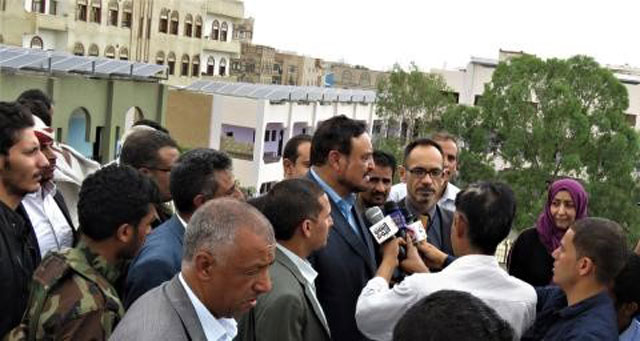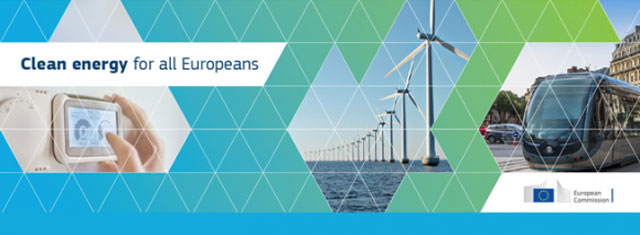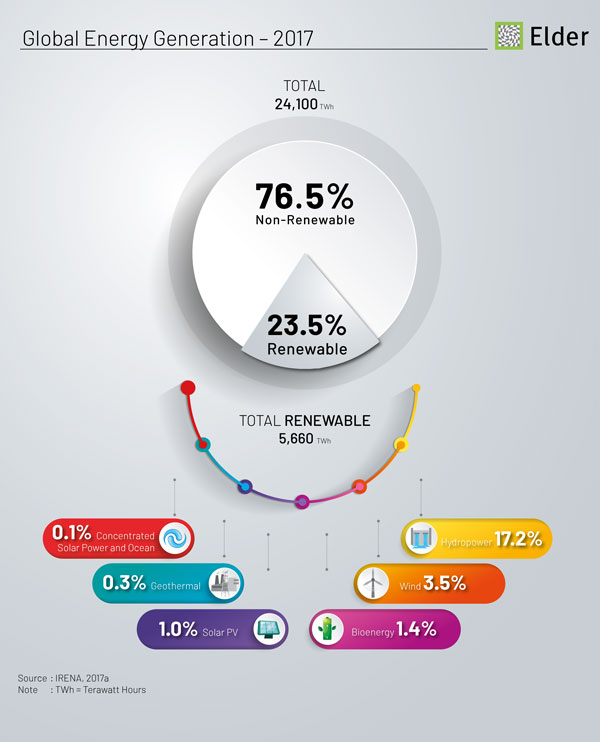What’s Best for Vehicle-to-Grid: Buses or Cars?
With electric vehicle sales around the world picking up, many companies are looking to vehicle-to-grid applications. So far, however, V2G has largely been stuck in pilot mode — and it could be a long time before electric cars become two-way distributed power plants.
So far, efforts to test and deploy V2G have also focused largely on cars. But are buses a better way to scale? Buses are, after all, publicly owned and come with big batteries and predictable schedules. To find out which type of vehicle really is best for V2G, GTM Research contributing analyst Timotej Gavrilovic reviewed the pros and cons of each.
The results are not clear-cut. Buses do, indeed, score highly for V2G potential because of their larger batteries. That means being able to achieve more energy storage capacity with fewer vehicles, Gavrilovic said, not to mention more market participation opportunities.
Furthermore, the predictable routes and driving patterns of bus fleets make it easier to schedule V2G participation time.
Finally, said Gavrilovic, the charging equipment for electric buses is typically more bulky and costly than that needed for private cars, so adding V2G capabilities increases the cost by a proportionately lower amount.
On the minus side, though, any public authority investing in a bus fleet will naturally want to maximize its return on investment, which means keeping the vehicles on the road as much as possible. As such, the actual amount of time that buses can devote to V2G might be limited.
The most obvious way around this would be to buy more buses, which is costly and misses the point of having a V2G program to make use of bus batteries when they are idle.
Furthermore, there is little practical experience dealing with bus-based V2G schemes, said Gavrilovic. What's more, “long sales cycles can be expected due to the nature of the public service industry,” he noted.
In contrast, the longer history of V2G pilots involving cars means there is more infrastructure and other groundwork in place for it to work. For example, there is a V2G vehicle-charger certification scheme, CHAdeMO, with a list of certified chargers that has doubled in recent months, Gavrilovic said.
Companies have been working on auto-based V2G equipment and software for decades, he said, and the concept has been piloted across the U.S. and Europe. And car-based V2G has the support of major automakers.
Nissan, among others, is active in the space. In May, it launched a “groundbreaking vehicle-to-grid project in the U.K.” alongside Enel, the Italian utility giant.
“The trial will work by installing and connecting 100 V2G units at locations agreed to by private and fleet owners of the Nissan Leaf and e-NV200 electric van,” said the carmaker. “By giving Nissan electric vehicle owners the ability to plug their vehicles into the V2G system, owners will have the flexibility and power to sell stored energy from their vehicle battery back to the National Grid.”
But the relatively small size of family vehicle batteries remains a handicap for V2G schemes based on cars, said Gavrilovic. “Many vehicles need to participate in V2G programs to reach minimum capacity requirements in wholesale markets,” he said.
This means demand-side management providers may need to add other distributed energy resources to their V2G schemes, for example by encouraging non-V2G vehicle owners to charge at certain times of the day. Furthermore, car-based V2G very much depends on residential customer engagement, which could be hard to achieve without significant marketing and promotion.
As a result, said Gavrilovic: “I don't have a clear answer as to which use case is better. Ultimately, I don't think there will be too much of a difference, and both vehicle types will wind up providing V2G services.” The market for both types of V2G, but particularly for buses, is still early-stage, he said, “so it's still very difficult to predict how and where it will grow.”
Source: GTM
